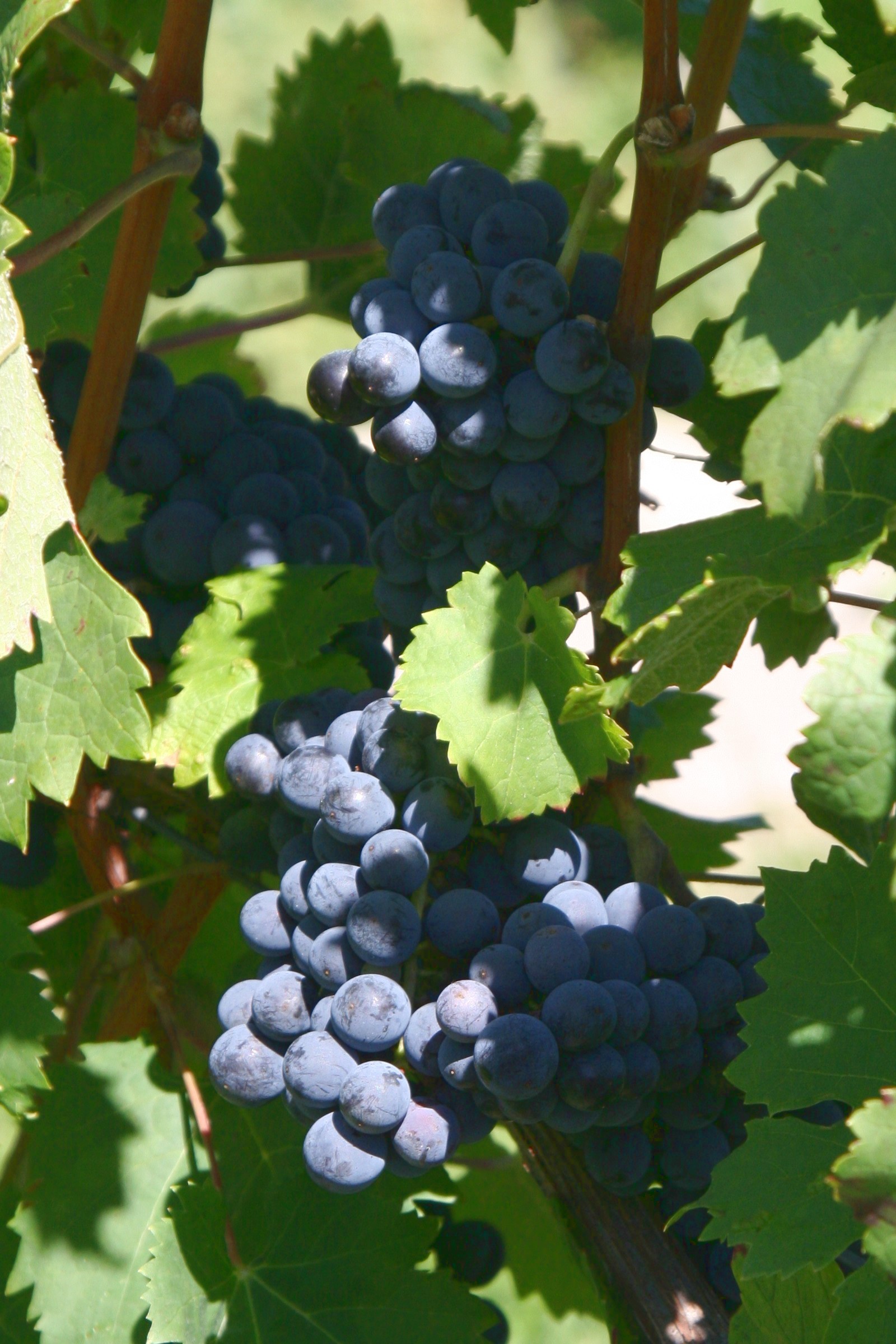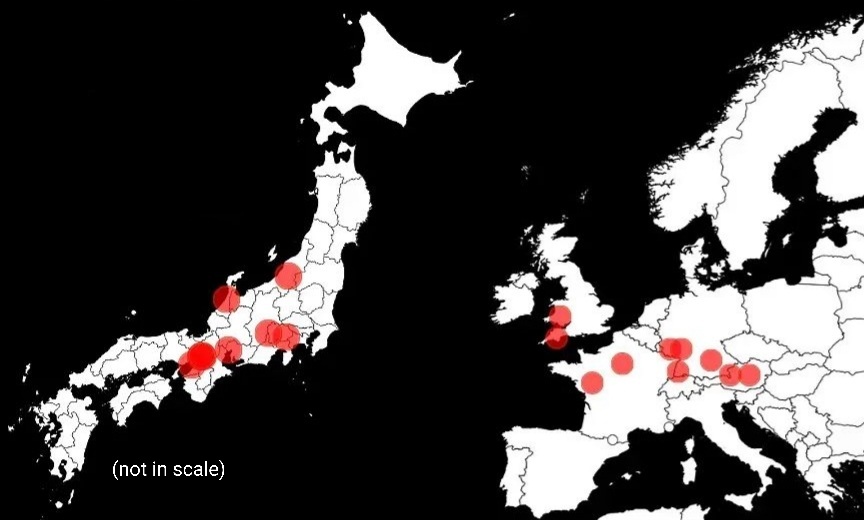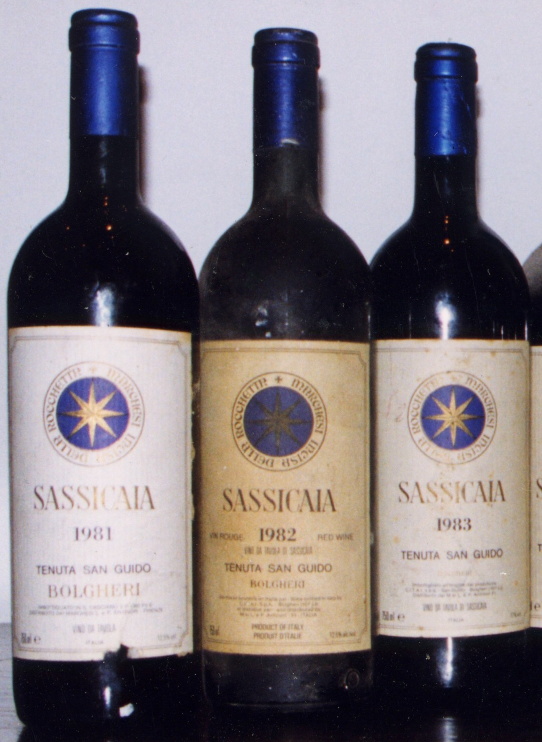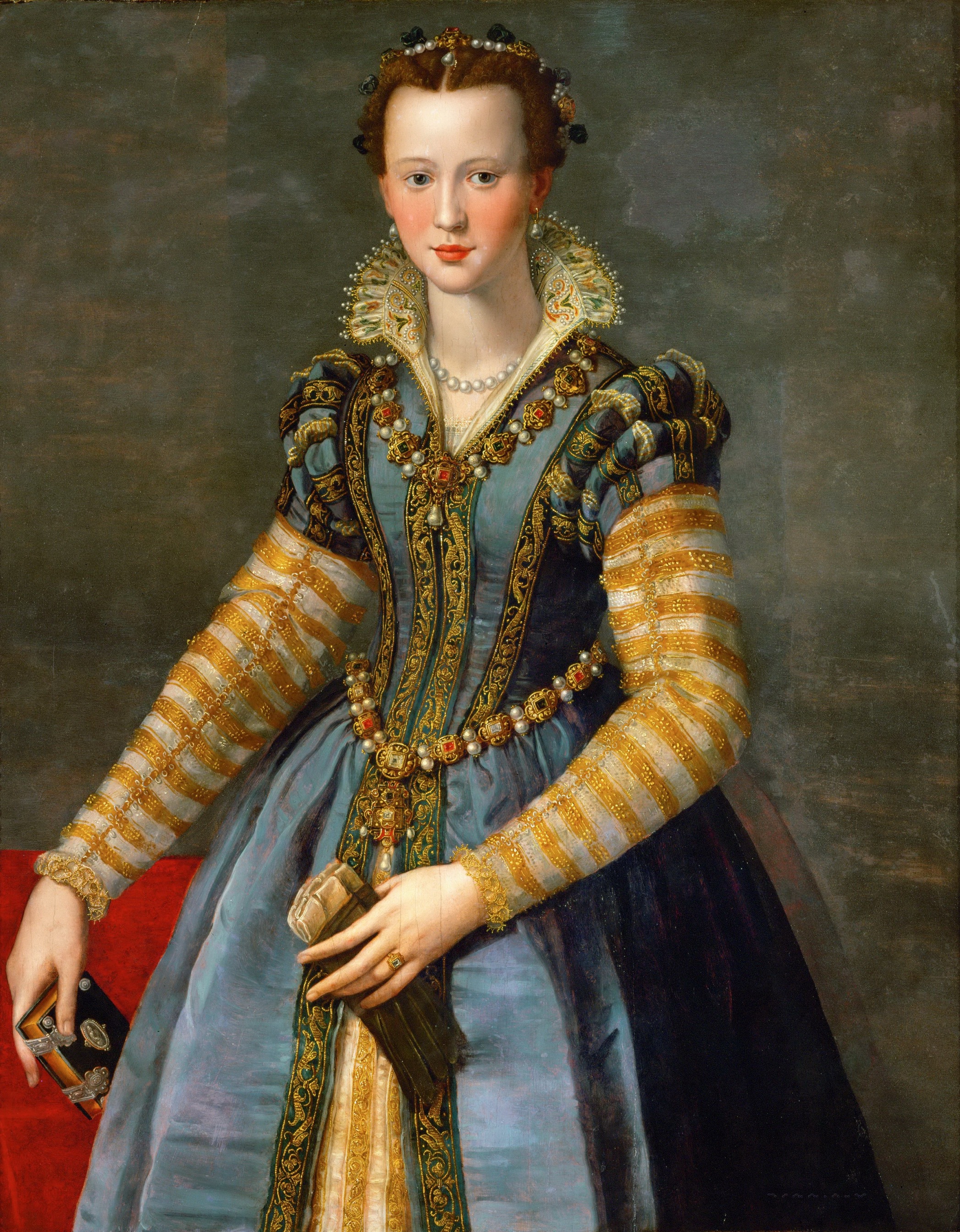|
Antinori
Marchesi Antinori Srl is an Italian wine company, based in Florence, Tuscany, that can trace its history back to 1385. They are one of the biggest wine companies in Italy, and their innovations played a large part in the " Super-Tuscan" revolution of the 1970s. Antinori is a member of the Primum Familiae Vini and the 10th oldest family owned company in the world. History Rinuccio di Antinoro is recorded as making wine at the Castello di Combiate near the Tuscan town of Calenzano in 1180. The castello was destroyed in 1202, and the family moved to Florence, where they were involved in silk weaving and banking. In 1385, Giovanni di Piero Antinori joined the Guild of Winemakers, and this is the date usually taken as the start of the wine business. The fame of their wine expanded over the years, to the extent that in 1506 they could afford to pay 4,000 florins for the Palazzo Antinori, built for the Boni family in the 1460s. At this time, Alessandro Antinori was one of the ... [...More Info...] [...Related Items...] OR: [Wikipedia] [Google] [Baidu] |
Palazzo Antinori
Palazzo Antinori is a Renaissance palace located at the north end of Via de' Tornabuoni, where it makes an odd corner with Via dei Pecori, Via del Trebbio, and converts into Via dei Rondinelli, in Florence, Italy. History The palace was built in 1461–1469, perhaps under the design of Giuliano da Maiano, commissioned by Giovanni di Bono Boni. The unfinished palace was sold in 1475 to the Martelli family; in 1506, they sold it to Nicolò Antinori, who commissioned several modification (rear façade) and embellishments (internal garden), perhaps to Baccio d'Agnolo. From the 1920s to 1965 (with gap for the war), the palace housed the British Institute of Florence. The edifice is still property of the Antinori family, and two top floors are still occupied by a member of the family. De ...
|
Villa Medici At Cafaggiolo
The Villa Medicea di Cafaggiolo is a villa situated near the Tuscan town of Barberino di Mugello in the valley of the River Sieve, some 25 kilometres north of Florence, central Italy. It was one of the oldest and most favoured of the Medici family estates, having been in the possession of the family since the 14th century, when it was owned by Averardo de' Medici. Averardo's son, Giovanni di Bicci de' Medici, is considered to be the founder of the Medici dynasty. The villa was reconstructed following designs of the eminent Renaissance architect Michelozzo in 1452, becoming a meeting place for some of the greatest intellectuals of the Italian Renaissance. The villa is located in the Mugello region, the area which was the homeland of the Medici. Although by no means the grandest or largest of their many houses, they visited it often: as a consequence, the villa was the scene of many momentous events in the history of the dynasty, ranging from the reception of Medici brides ... [...More Info...] [...Related Items...] OR: [Wikipedia] [Google] [Baidu] |
Eleonora Di Garzia Di Toledo
Eleonora di Garzia di Toledo or Leonor Álvarez de Toledo Osorio (March 1553 – 10 July 1576), more often known as "Leonora" or "Dianora", was the daughter of García Álvarez de Toledo, 4th Marquis of Villafranca, Duke of Fernandina. Leonora was born in Florence, where she was raised by Cosimo I de' Medici, Grand Duke of Tuscany and his wife Eleanor of Toledo, her aunt and namesake. Betrothed to their son Pietro de' Medici, Pietro at the age of 15, she was mentored by Pietro's older sister, the artistic patron Isabella de' Medici, and was considered a vivacious and witty beauty. Her marriage, like Isabella's, was not a success, and she followed her mentor's example of taking lovers. For this reason, Pietro had her brought in 1576 to the country retreat of Villa Medici at Cafaggiolo, Cafaggiolo, where he strangled her to death with a dog leash. Cosimo's successor, Francesco I de' Medici, Grand Duke of Tuscany, Francesco I, tacitly approved the murder, and Pietro was never p ... [...More Info...] [...Related Items...] OR: [Wikipedia] [Google] [Baidu] |
Florence
Florence ( ; ) is the capital city of the Italy, Italian region of Tuscany. It is also the most populated city in Tuscany, with 362,353 inhabitants, and 989,460 in Metropolitan City of Florence, its metropolitan province as of 2025. Florence was a centre of Middle Ages, medieval European trade and finance and one of the wealthiest cities of that era. It is considered by many academics to have been the birthplace of the Renaissance, becoming a major artistic, cultural, commercial, political, economic and financial center. During this time, Florence rose to a position of enormous influence in Italy, Europe, and beyond. Its turbulent political history includes periods of rule by the powerful House of Medici, Medici family and numerous religious and republican revolutions. From 1865 to 1871 the city served as the capital of the Kingdom of Italy. The Florentine dialect forms the base of Italian language, standard Italian and it became the language of culture throughout Italy due to ... [...More Info...] [...Related Items...] OR: [Wikipedia] [Google] [Baidu] |
Cabernet Sauvignon
Cabernet Sauvignon () is one of the world's most widely recognized red wine grape varieties. It is grown in nearly every major wine producing country among a diverse spectrum of climates from Australia and British Columbia, Canada to Lebanon's Beqaa Valley. This grape variety appeared in France in the 17th century as a result of natural crossbreeding. Its popularity is often attributed to its ease of cultivation—the grapes have thick skins and the vines are hardy and naturally low yielding, budding late to avoid frost and resistant to viticulture hazards. The classic profile of Cabernet Sauvignon tends to be full-bodied wines with high tannins and noticeable acidity that contributes to the wine's aging potential. In cool areas, it has flavors of blackcurrant and green pepper; in warmer places, it may taste like black cherry and olive; in very hot climates, it can have a jammy flavor. History and origins For many years, the origin of Cabernet Sauvignon was not cl ... [...More Info...] [...Related Items...] OR: [Wikipedia] [Google] [Baidu] |
Italian Wine
Italian wine () is produced in every region of Italy. Italy is the country with the widest variety of indigenous grapevine in the world, with an area of under vineyard cultivation, as well as the List of wine-producing regions#Countries, world's largest wine producer and the largest exporter . Contributing 49.8 million Hectolitre, hl of wine in 2022, Italy accounted for over 19.3% of global production, ahead of French wine, France (17.7%) and Spanish wine, Spain (13.8%); the following year, production decreased by 11.5 million hl, and Italy was surpassed by France. Italian wine is also popular domestically among Italians, who consume a yearly average of 46.8 litres per capita, ranking third in world wine consumption. The origins of viticulture, vine-growing and winemaking in Italy has been illuminated by recent research, stretching back even before the Phoenicians and wine, Phoenician, Etruscans and Ancient Greece and wine, Greek settlers, who produced wine in Italy before Ancien ... [...More Info...] [...Related Items...] OR: [Wikipedia] [Google] [Baidu] |
Primum Familiae Vini
Primum Familiae Vini (often abbreviated PFV, Latin: "First Families of Wine") is an association of family-owned winery, wineries with a membership limited to twelve families. History The association was established in 1993 by Miguel A. Torres, Miguel Torres and Robert Drouhin (of Maison Joseph Drouhin), after they had first come up with the idea in 1990. The goal was to organise some of the best wine-producing families of the world, and to facilitate exchange between them. Requirements for membership are ownership of a winery that belongs to the top echelon of its region and enjoys a high international reputation. New members are only accepted by unanimous decision. In February 2005, the Robert Mondavi, Mondavi family (Napa Valley, California wine, California) left the association after the takeover of the family-owned business by Constellation Brands. [...More Info...] [...Related Items...] OR: [Wikipedia] [Google] [Baidu] |
List Of Oldest Companies
The oldest companies in the world are the brands and companies which remain operating (either in whole or in part) since inception, excluding associations and List of oldest universities in continuous operation, educational, government, or religious organizations. Statistics According to a report published by the Bank of Korea in 2008 that looked at 41 countries, there were 5,586 companies older than 200 years. Of these, 3,146 (56%) are in Japan, 837 (15%) in Germany, 222 (4%) in the Netherlands, and 196 (3%) in France. Of the companies with more than 100 years of history, most of them (89%) employ fewer than 300 people. A nationwide Japanese survey counted more than 21,000 companies older than 100 years as of September 30, 2009. Founded before 1300 1300 to 1399 1400 to 1499 1500 to 1599 1600 to 1649 1650 to 1699 See also * :Companies by year of establishment * List of oldest banks in continuous operation * List of oldest companies in Australi ... [...More Info...] [...Related Items...] OR: [Wikipedia] [Google] [Baidu] |
Sassicaia
Tenuta San Guido is an Italian wine producer in the DOC Bolgheri in Toscana, known as a producer of "Super Tuscan" wine. It produces Sassicaia, a Bordeaux-style red wine. The estate also produces a second wine, Guidalberto, and a third wine, Le Difese. Tenuta San Guido is member of the Primum Familiae Vini. History Tenuta San Guido was established by marchese Mario Incisa della Rocchetta, who was also co-owner of the race horse Ribot. Considered the seminal " Super Tuscan", the name Sassicaia ( Italian ''sasso'' meaning "stone", indicating a stony field) originated in 1948 when first produced by Incisa della Rocchetta using Cabernet Sauvignon vines and for years only used for family consumption. A story about these vines being sourced from Château Lafite-Rothschild was dismissed by Mario's son, Nicolò Incisa della Rocchetta, as the vineyard was planted from "cuttings from 50-year-old vines from a friend's estate near Pisa". Though for years Sassicaia remained th ... [...More Info...] [...Related Items...] OR: [Wikipedia] [Google] [Baidu] |
Pietro De' Medici
Don Pietro de' Medici (3 June 1554 – 25 April 1604) was the youngest son of Cosimo I de' Medici, Grand Duke of Tuscany and Eleonora di Toledo. Early in 1571 he went to Rome and in the spring of 1575 he went to Venice. In 1571 he married his first cousin Eleonora di Garzia di Toledo, whom he accused of adultery and strangled with a dog leash in July 1576 at the Villa Medici at Cafaggiolo. He also had her supposed lover Bernardino Antinori imprisoned and killed. At the end of 1577, he went for the first of many stays at the Spanish court. He remained in Spain until the end of 1578. During this visit he gained a reputation as a spendthrift and a rake. He left Tuscany in October 1579 to bring Italian troops to Spain and lead them during the mission to Portugal. He stayed in Lisbon until the end of 1582 when he returned to Spain where his presence is documented in 1583 and 1584. His correspondence proves that he had serious money problems. He came to Italy in July 1584 to ask hi ... [...More Info...] [...Related Items...] OR: [Wikipedia] [Google] [Baidu] |
Piedmont
Piedmont ( ; ; ) is one of the 20 regions of Italy, located in the northwest Italy, Northwest of the country. It borders the Liguria region to the south, the Lombardy and Emilia-Romagna regions to the east, and the Aosta Valley region to the northwest. Piedmont also borders Switzerland to the north and France to the west. Piedmont has an area of , making it the second-largest region of Italy after Sicily. It has 4,255,702 inhabitants as of 2025. The capital of Piedmont is Turin, which was also the capital of the Kingdom of Italy from 1861 to 1865. Toponymy The French ''Piedmont'', the Italian ''Piemonte'', and other variant cognates come from the medieval Latin or , i.e. , meaning "at the foot of the mountains" (referring to the Alps), attested in documents from the end of the 12th century. Geography Piedmont is surrounded on three sides by the Alps, including Monte Viso, Monviso, where the Po River, river Po rises, and Monte Rosa. It borders France (Auvergne-Rhône ... [...More Info...] [...Related Items...] OR: [Wikipedia] [Google] [Baidu] |








